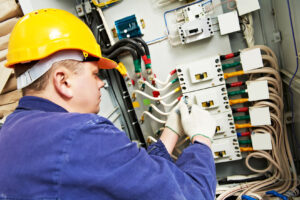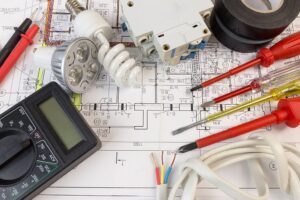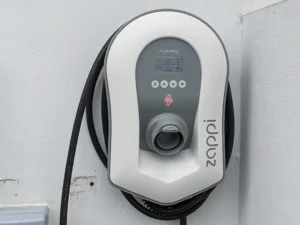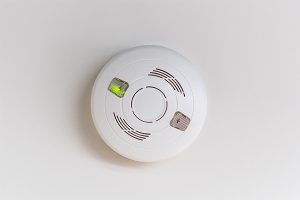It is of imperative value to have the proper earthing system done when doing your electrical installation. The main benefits include:
Safety In Mind
The most important advantage of grounding electrical currents is protection for your home, appliances and its occupants from surges in electricity. If your basic electrical wiring installation is not proper then many lightning-related deaths can occur.

Voltage Stabilising
Electricity originates from different sources, and every transformer can be viewed as a separate source. With no common focus point, there is no way of making a calculation between the sources. When you’re looking at an electrical distribution system, Earth is the all-present conductive surface, making it a comprehensive standard for all electrical systems.
Protection During Over-voltage
During lighting and unplanned contact with a high voltage line, an earthing system presents an alternate path for dangerous currents to flow and get discharged, therefore reducing the risk of electrification or damage to equipment.
Types Of Earthing To Consider When Doing And Electrical Installation:
Standard methods of earthing involve plate-type or pipe-type earthing.
-
Plate-Type
With plate-type earthing a cast iron, copper or galvanised iron plate is buried eight feet into the ground and the bolts are in an upright position. The pits are usually filled with layers of charcoal and salt from the bottom up to four feet.
-
Pipe-Type
Copper pipes are generally used when doing an electrical installation and transmission line. Also known as “earthing electrode pipes”, earthing pipes are used in offices, homes and power stations.
The size required for the pipe will be determined by the soil type and the current that needs to be conveyed. Normally the pipe size used is 38mm in diameter and 2.5m in length, immersed into the “earthing pit” at that depth. The pipe is connected to the earth terminal or chamber, and the earth wire connection is made in a galvanized iron pipe which is above ground-level making it easier to check for any faults.

This type of earthing is popular and widely used due to the reliability, durability, highly secured and easy-to-handle application.
-
Rod-Type
This earthing is similar to pipe earthing except copper, or galvanised rods are used. For the copper rod, the diameter of the rod must be 12.5mm, and when using the galvanised iron rod, the diameter must be 25mm.
The length of the rod must be roughly 2.5m which will be buried vertically into the ground.
-
Waterman-Type
In this type of earthing, highly resistant galvanised iron pipes with earth clamps are used. For a standard conductor in earthing wire preference, the wire must be in parallel form, straight and both wire ends must be clean.
-
Strip/Wire
With this type of earthing done, copper strip electrodes of no less than 25mm x 1.6mm or 25mm x 4mm galvanized iron is placed cross-section into a horizontal pit with a minimum depth of 0.5m. This type of earth is an excellent choice for rocky soil where conventional plate-type earthing can be tricky.
Must Read:
Contact us today on (08) 9220 5201








